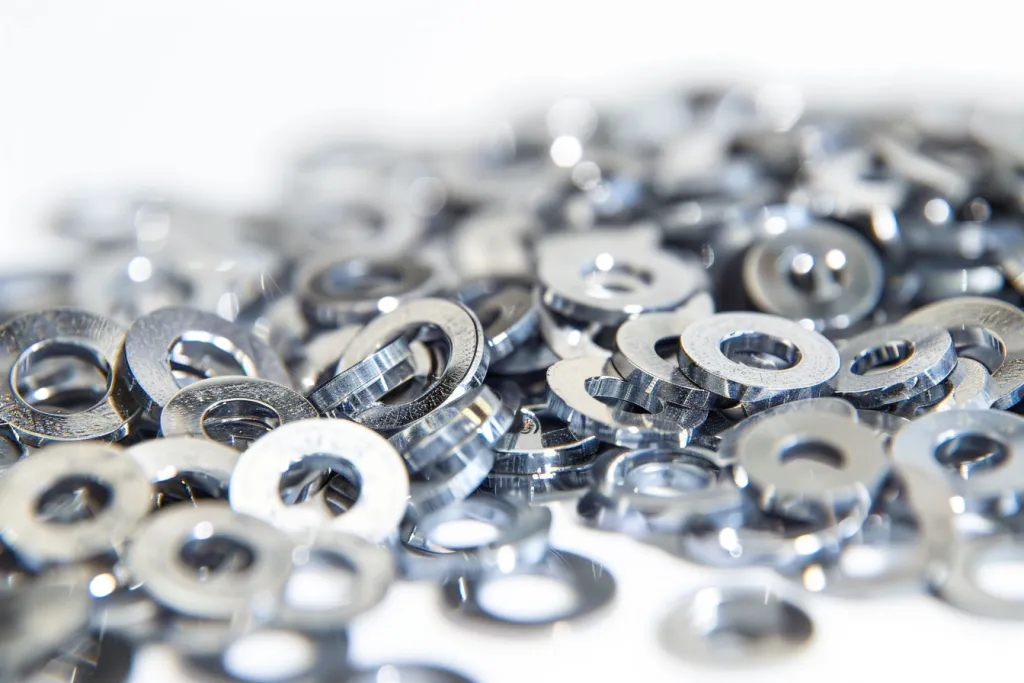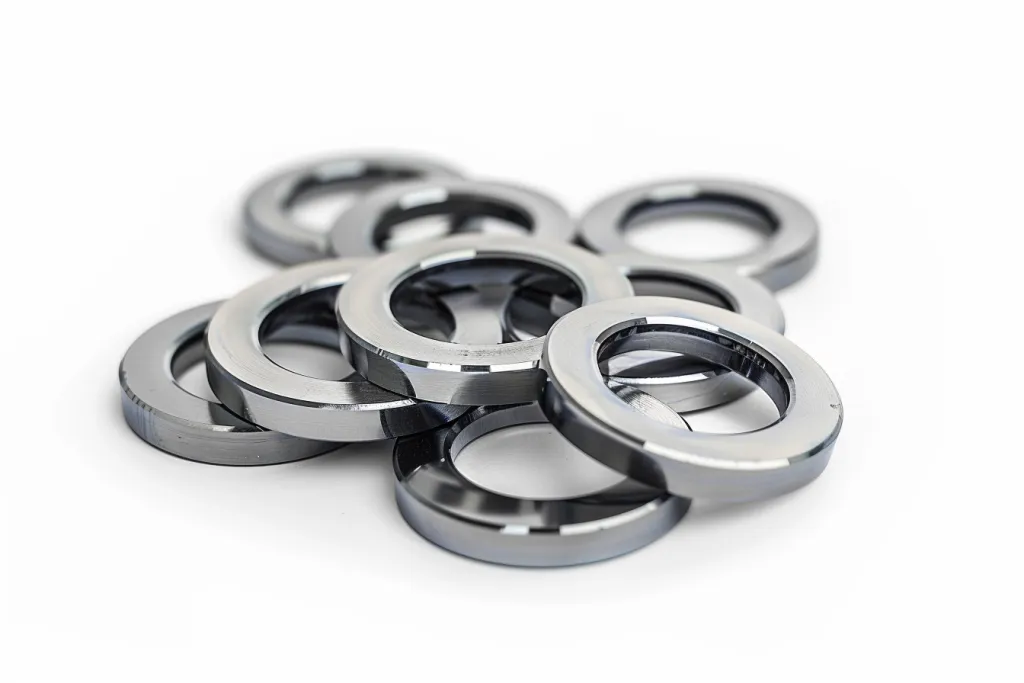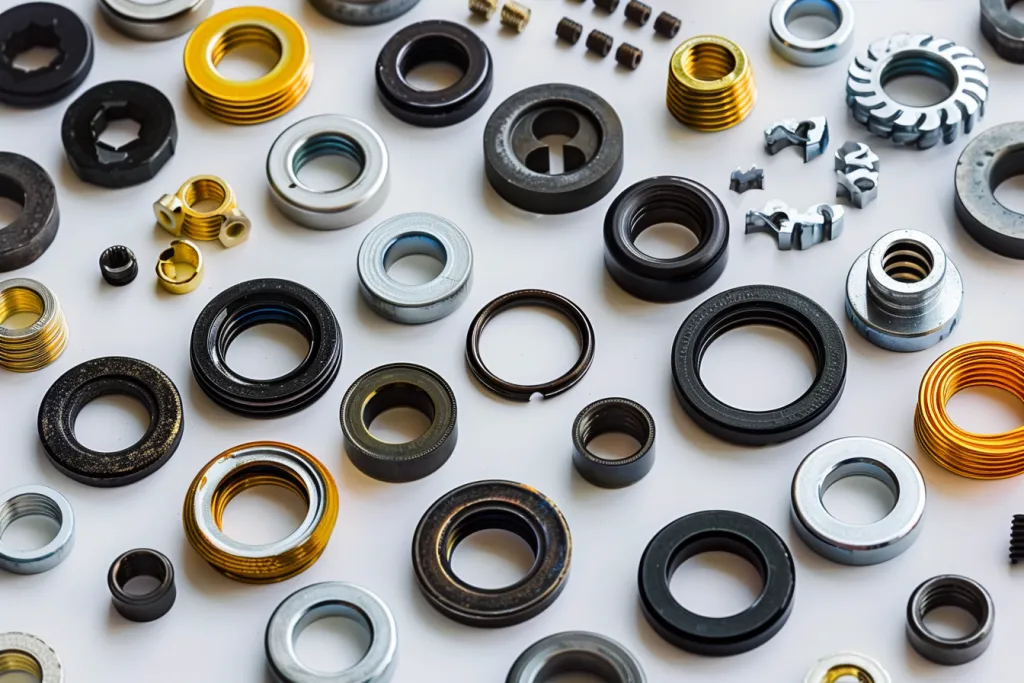Washers are an integral part of our daily lives, yet their complexity and variety are often overlooked. This article delves into the mechanics, usage, and cost of washers, providing a comprehensive understanding of these essential machines. Whether for industrial, commercial, or residential use, understanding washers can significantly impact your choice and maintenance of these devices.
Table of Contents:
– What is a washer?
– How do washers work?
– How to use a washer
– How much does a washer cost?
– Top washers
What is a washer?

A washer, in the realm of machinery, is far more than just a component for cleaning clothes. It encompasses a broad category of devices designed to distribute load, prevent leakage, isolate, prevent loosening, or provide a form of pressure. These devices can range from the simple flat washer used in a bolted joint to sophisticated high-pressure washers used for industrial cleaning purposes. The material, design, and application of washers vary widely, catering to specific requirements in different fields such as aerospace, automotive, construction, and manufacturing.
Washers serve as critical components in many mechanical assemblies, providing spacing and load distribution for threaded fasteners, such as bolts and screws, and sealing joints to prevent leakage of fluids. Their importance in ensuring the integrity and longevity of mechanical connections cannot be overstated. With advancements in materials science and engineering, washers have evolved from mere spacers to complex components that can enhance performance, durability, and reliability of machinery.
The diversity of washers is evident in their types and applications. From plain washers that simply distribute load to lock washers designed to prevent fastening or loosening under vibration or torque, each type serves a unique purpose. Specialty washers, such as Belleville washers or wave washers, offer spring-like properties to maintain force and compensate for expansion or contraction in applications. Understanding the specific role and functionality of each washer type is crucial for selecting the right washer for any given application.
How do washers work?

The functionality of a washer is determined by its design, material, and the application it is used for. At its core, the primary function of most washers is to distribute the pressure of a fastener head evenly over a surface, preventing damage to the surface and ensuring a more secure and even attachment. This is particularly important in soft materials where the head of a bolt or a screw might otherwise embed itself into the material, causing damage or a less secure fit.
In applications involving bolts and nuts, washers can prevent loosening due to vibration by providing a smooth and uniform surface for the bolt’s or nut’s action. Lock washers, for instance, employ various mechanisms such as split rings that dig into the bolt and the mating surface, effectively preventing movement that could lead to loosening. In high-pressure applications, specially designed washers can form a seal that prevents fluid leakage, serving as both a mechanical fastener and a sealing device.
The working principle of washers also extends to their ability to compensate for thermal expansion and contraction in materials. In environments where temperature changes are significant, washers like Belleville washers can maintain a constant force despite dimensional changes in the assembly. This ensures that the integrity of the connection is maintained without the need for frequent adjustments or replacements, thereby enhancing the overall reliability and longevity of the machinery.
How to use a washer

Using a washer correctly is paramount to achieving the desired outcome, whether it’s ensuring a secure fastening or preventing leakage. The first step in using a washer is to select the appropriate type and size for the application. This involves considering the material, the type of load (static or dynamic), the environmental conditions (such as exposure to chemicals or extreme temperatures), and the required durability.
Once the appropriate washer is selected, it should be placed over the bolt or screw, ensuring that it sits evenly before the fastener is inserted into the hole. For applications requiring sealing, ensuring that the washer is compatible with the fluid it is intended to seal against is crucial. The fastener should then be tightened to the manufacturer’s recommended torque, ensuring that the washer is compressed evenly. This is particularly important for washers designed to provide a seal or maintain tension.
Regular inspection and maintenance are also key to the effective use of washers. This includes checking for signs of wear, corrosion, or damage, and replacing washers as necessary to maintain the integrity of the assembly. For critical applications, using torque wrenches or thread-locking compounds can enhance the security of the fastened joint, complementing the washer’s function.
How much does a washer cost?

The cost of washers varies widely depending on the type, material, size, and quantity. Simple flat washers made of common materials like steel or rubber can be very affordable, often costing just a few cents each when purchased in bulk. However, specialized washers, such as those made from advanced materials like titanium or designed for specific high-pressure or high-temperature applications, can be significantly more expensive, sometimes costing several dollars each.
For consumer-grade pressure washers used for home or light commercial cleaning, prices can range from around $100 for basic electric models to over $1,000 for high-powered, gas-powered machines. Industrial-grade pressure washers, capable of delivering significantly higher pressure and flow rates for heavy-duty cleaning applications, can cost several thousand dollars.
When considering the cost of washers, it’s important to factor in the lifespan and maintenance requirements of the washer in addition to the initial purchase price. Investing in higher-quality washers that offer greater durability and reliability may result in lower overall costs over time, especially in critical or high-wear applications.
Top washers

Identifying the top washers requires considering the specific needs of the application, including the type of load, environmental conditions, and required durability. For general-purpose applications, stainless steel flat washers are highly regarded for their combination of strength, corrosion resistance, and affordability. Lock washers, such as split ring or toothed washers, are essential for applications prone to vibration or dynamic loads, ensuring that fastenings remain secure over time.
In the realm of pressure washers, top picks include electric models for their ease of use, quiet operation, and lack of emissions, making them ideal for residential use. Brands like Sun Joe and Greenworks are often praised for their reliability and performance. For more demanding applications, gas-powered models from brands like Simpson and Generac offer higher pressure and flow rates, making them suitable for commercial or industrial cleaning tasks.
Conclusion:
Washers, in their myriad forms, play a crucial role in a wide range of machinery and applications. From simple devices for distributing load to sophisticated sealing and tension-maintaining components, understanding the types, functionality, and proper usage of washers is essential for anyone involved in machinery maintenance, design, or use. With the right selection and application, washers can significantly enhance the performance, reliability, and longevity of mechanical assemblies.




